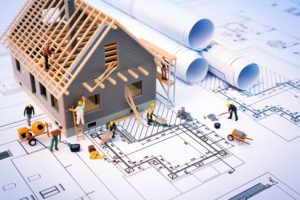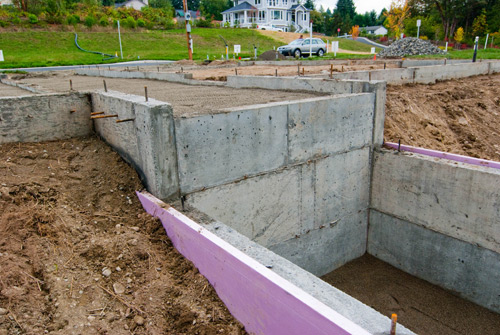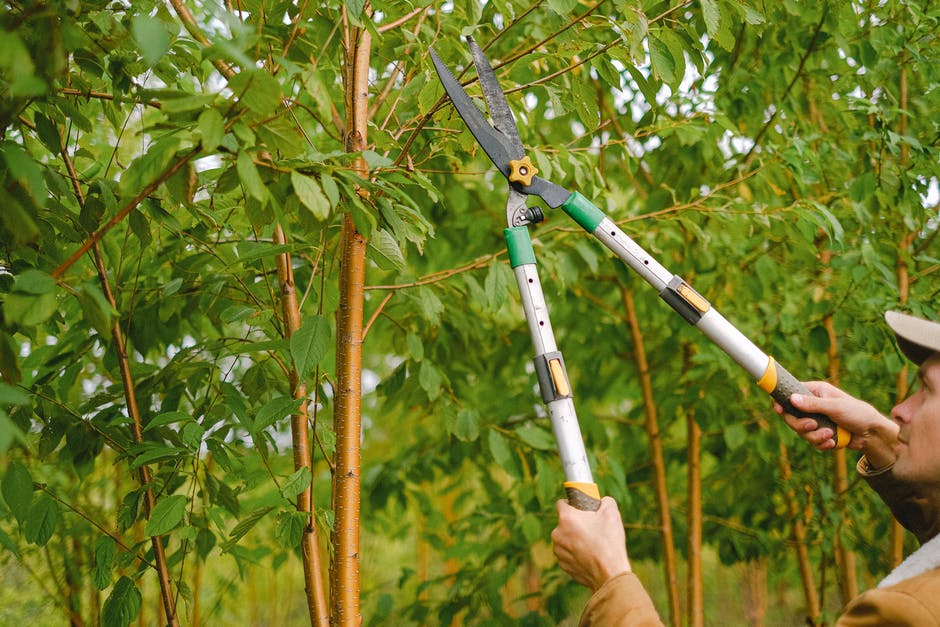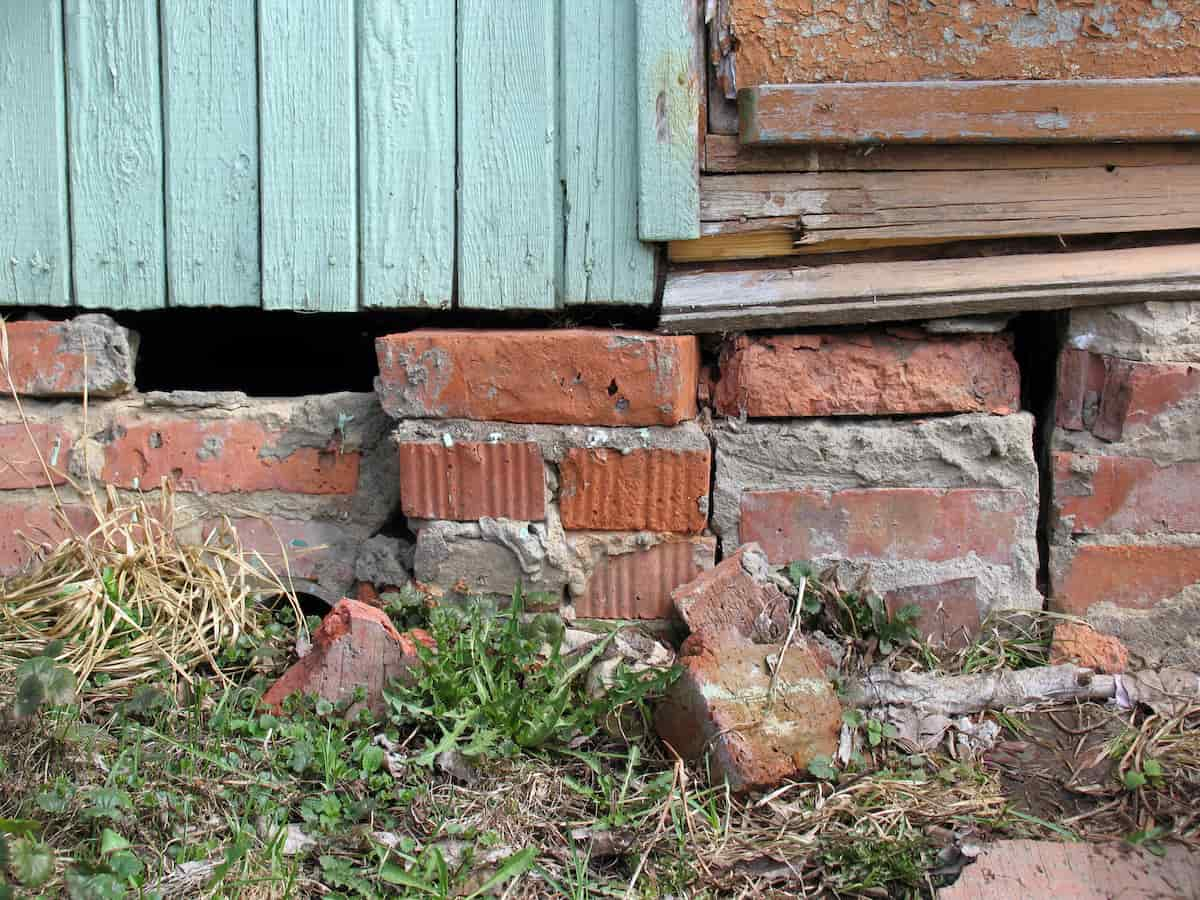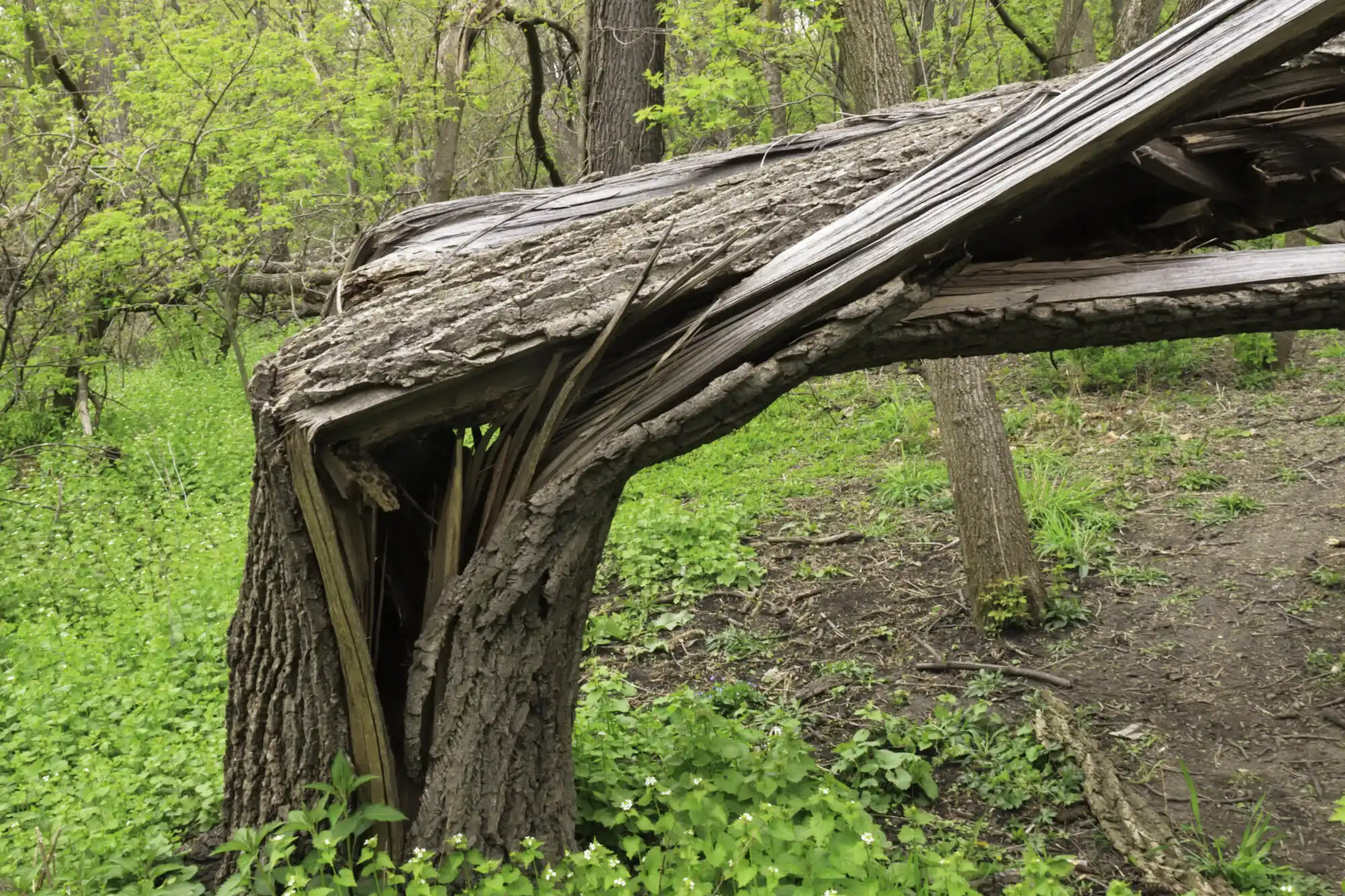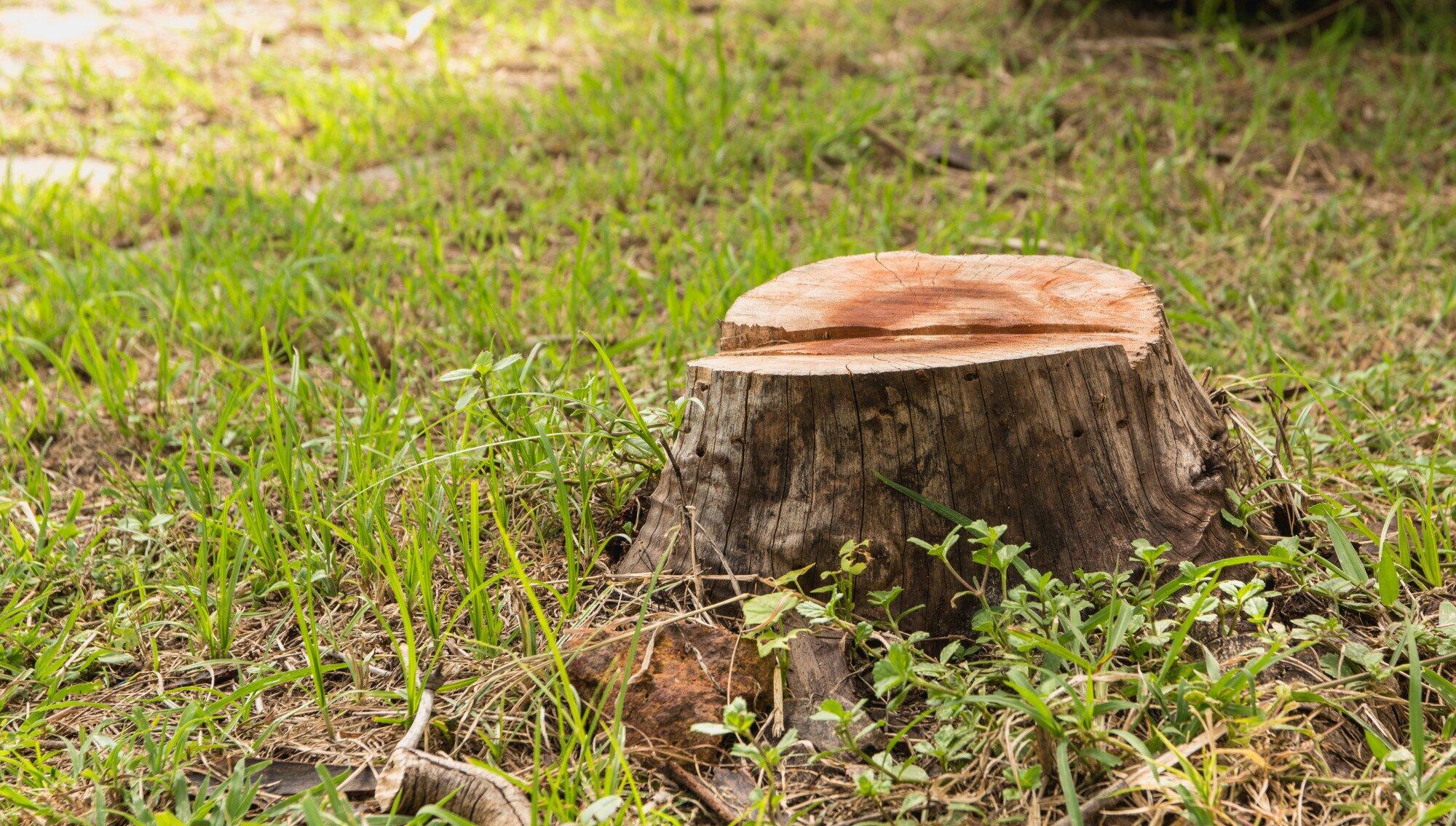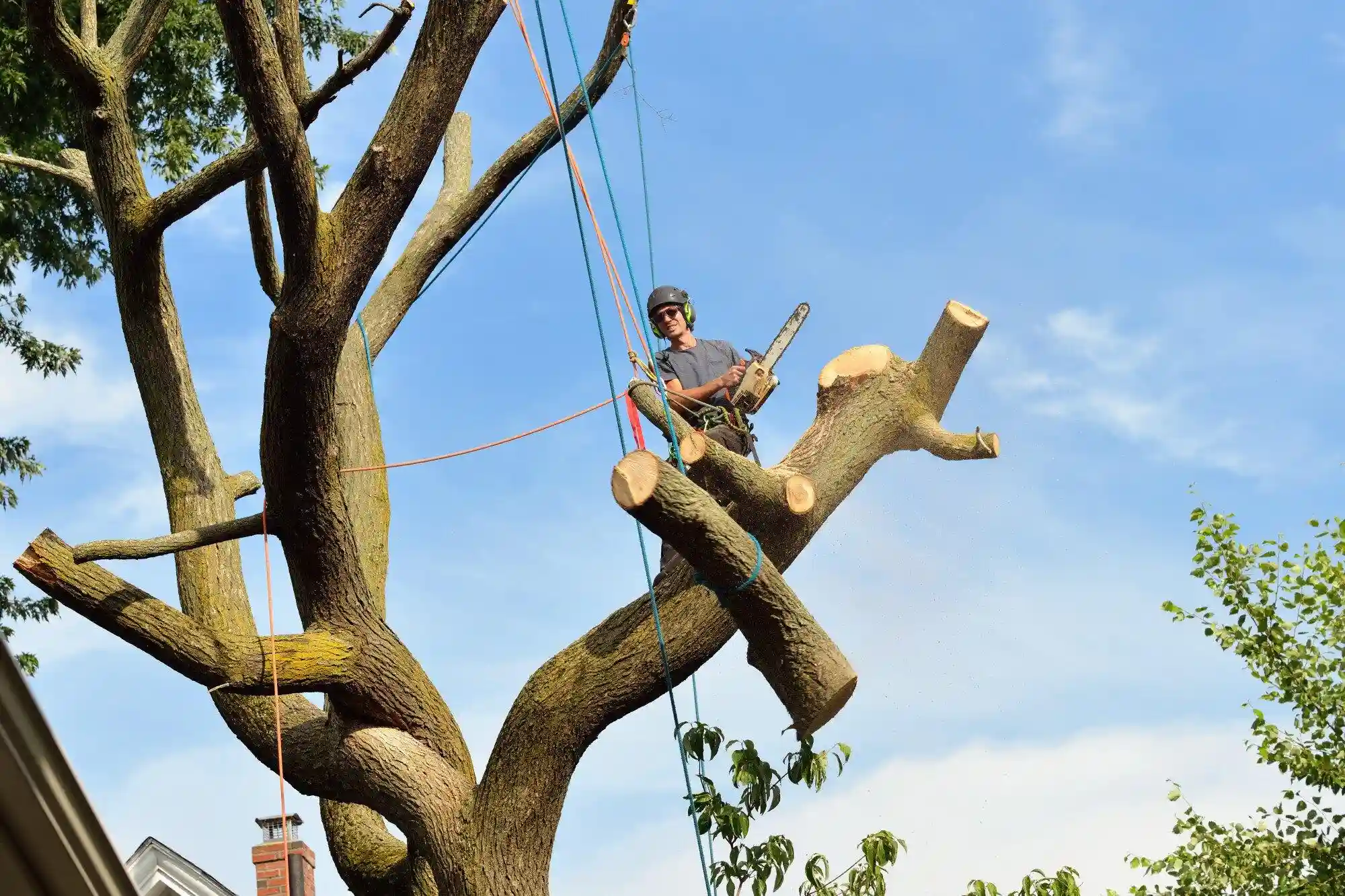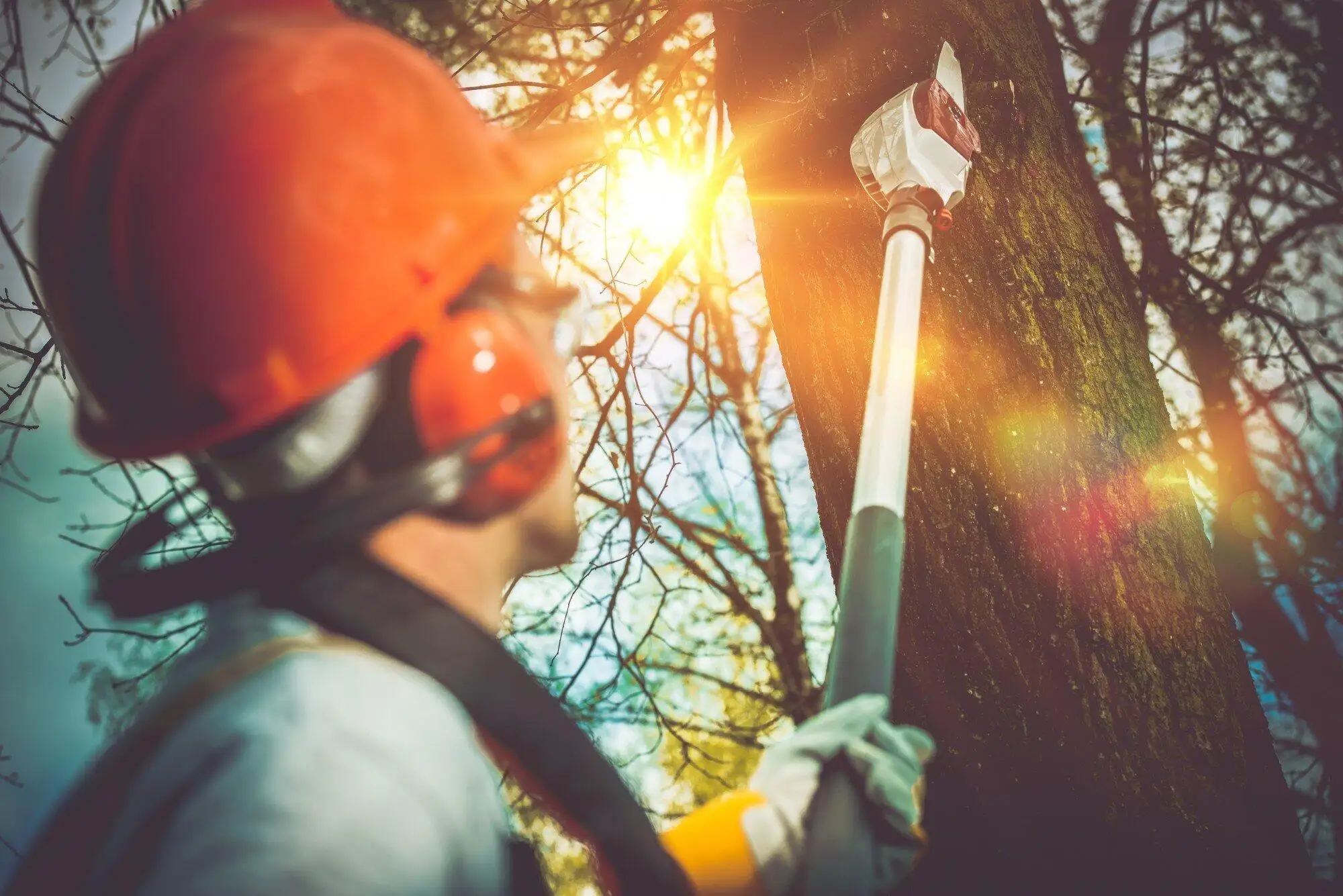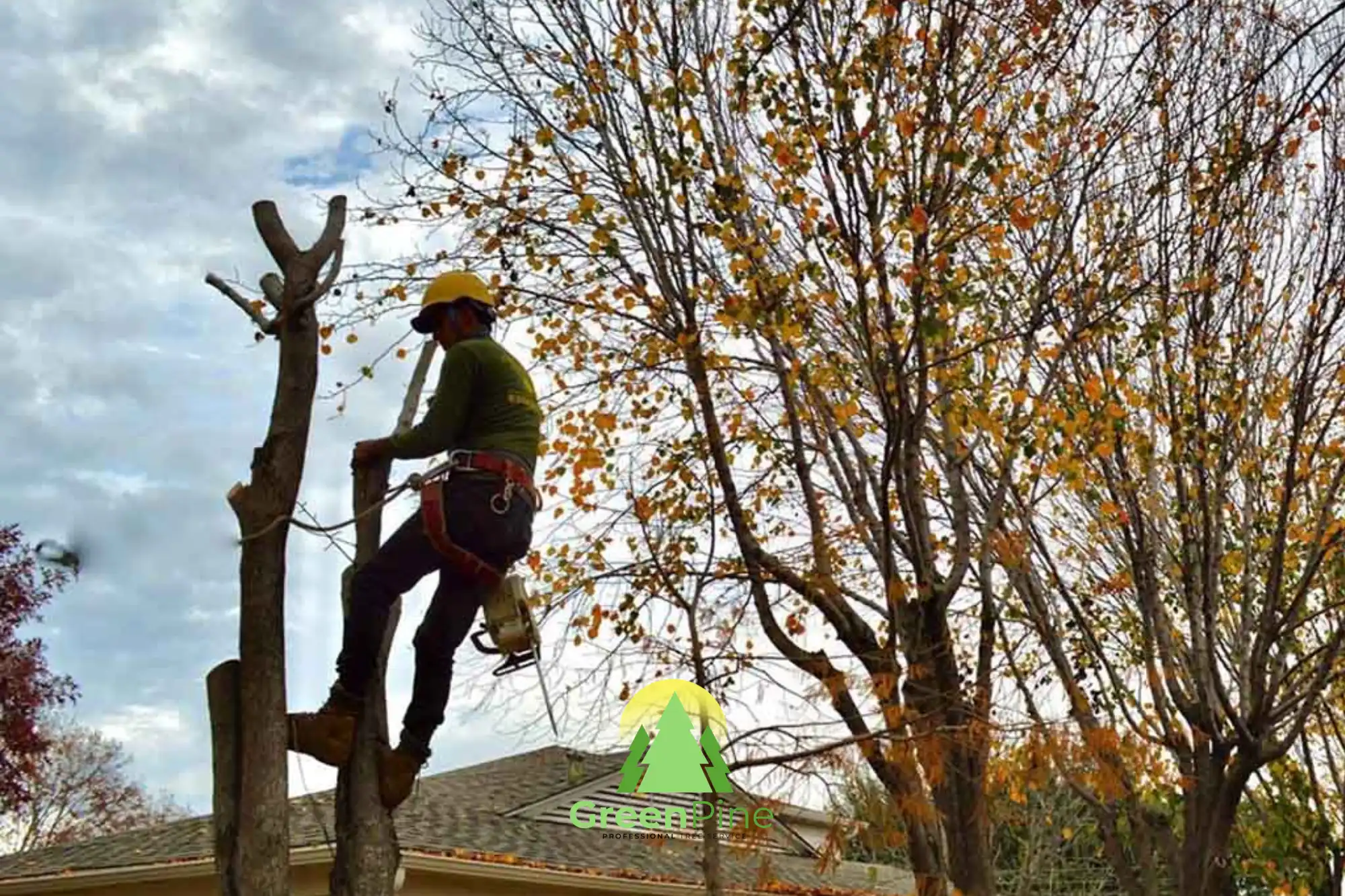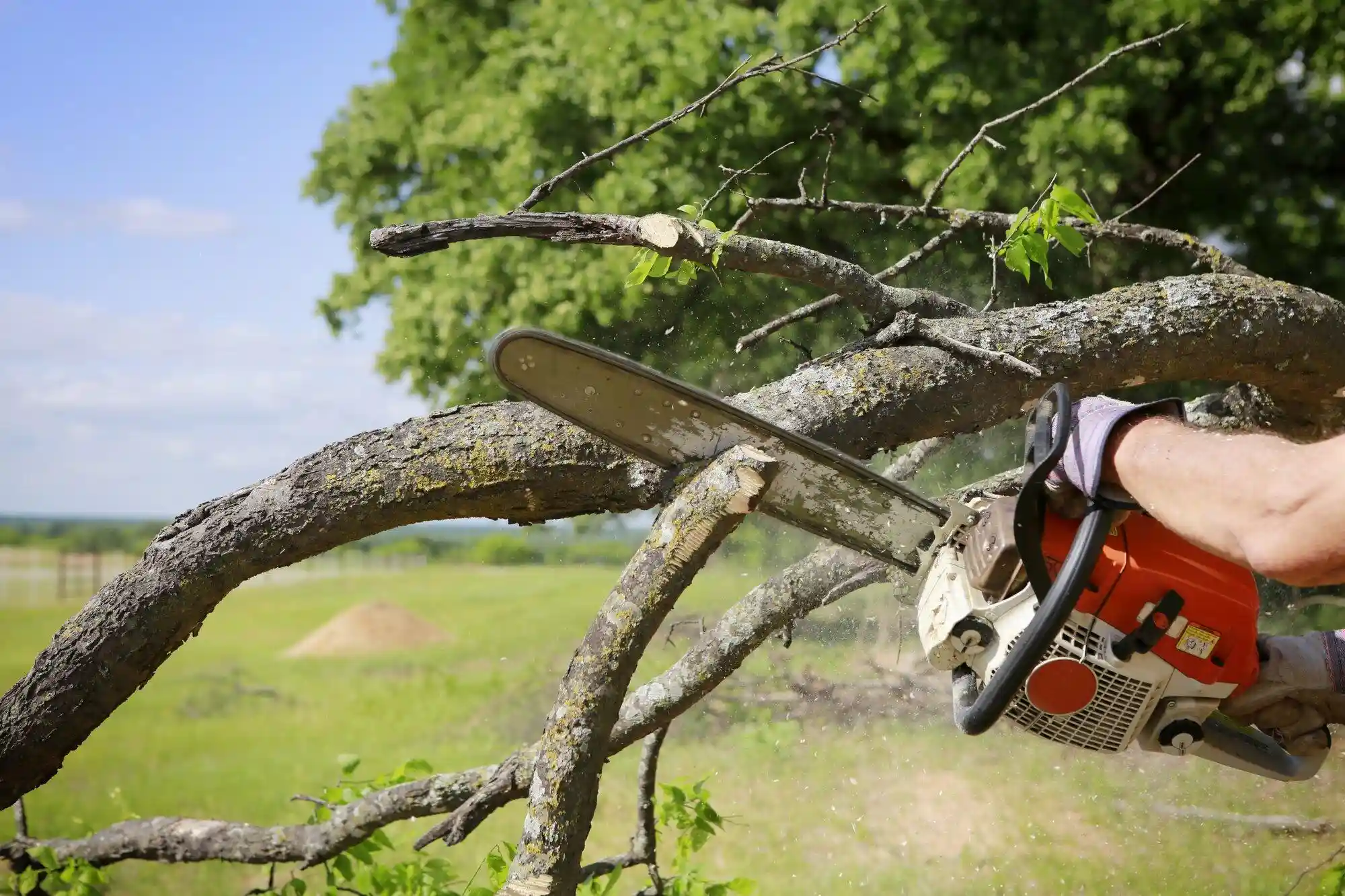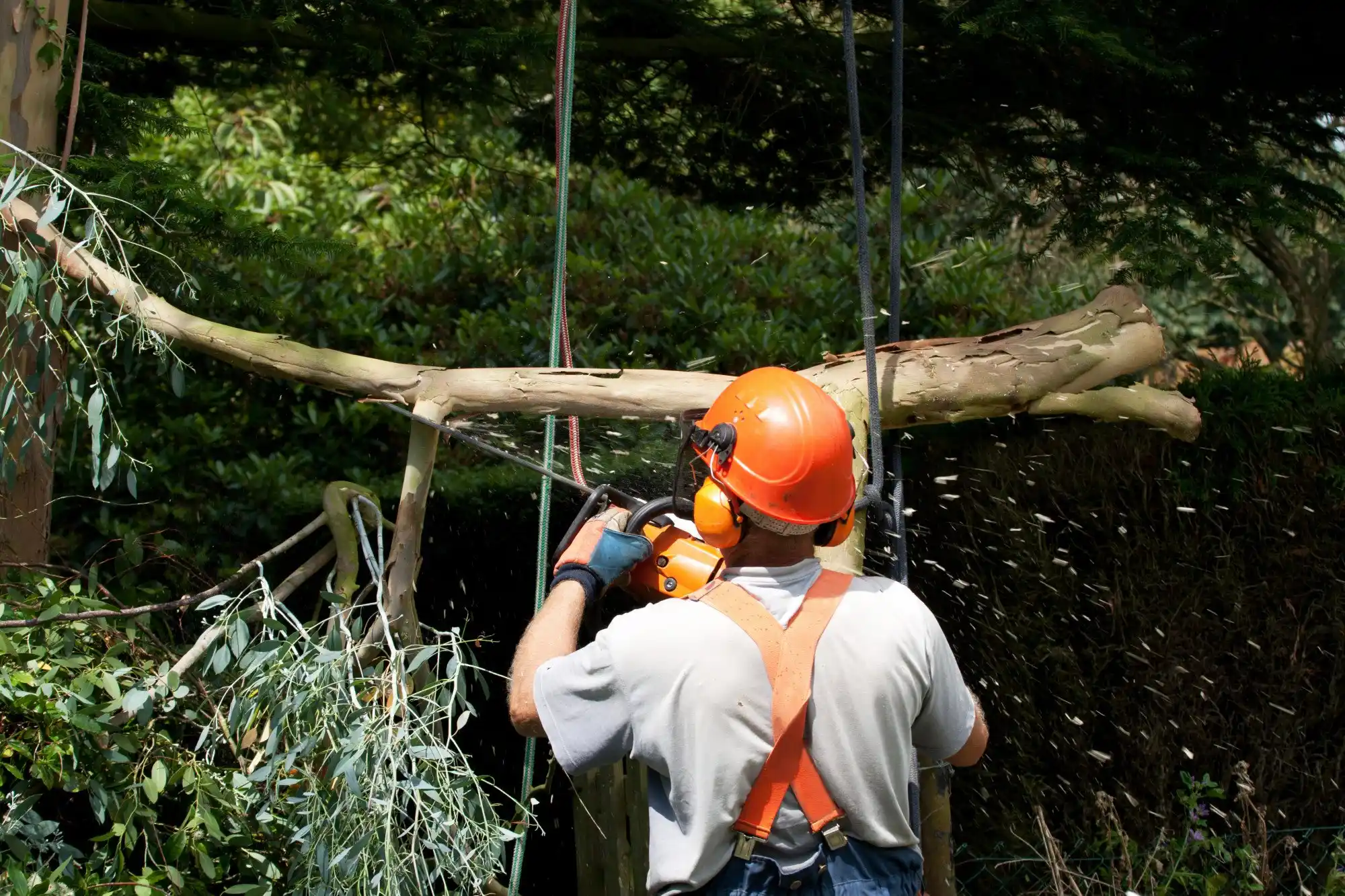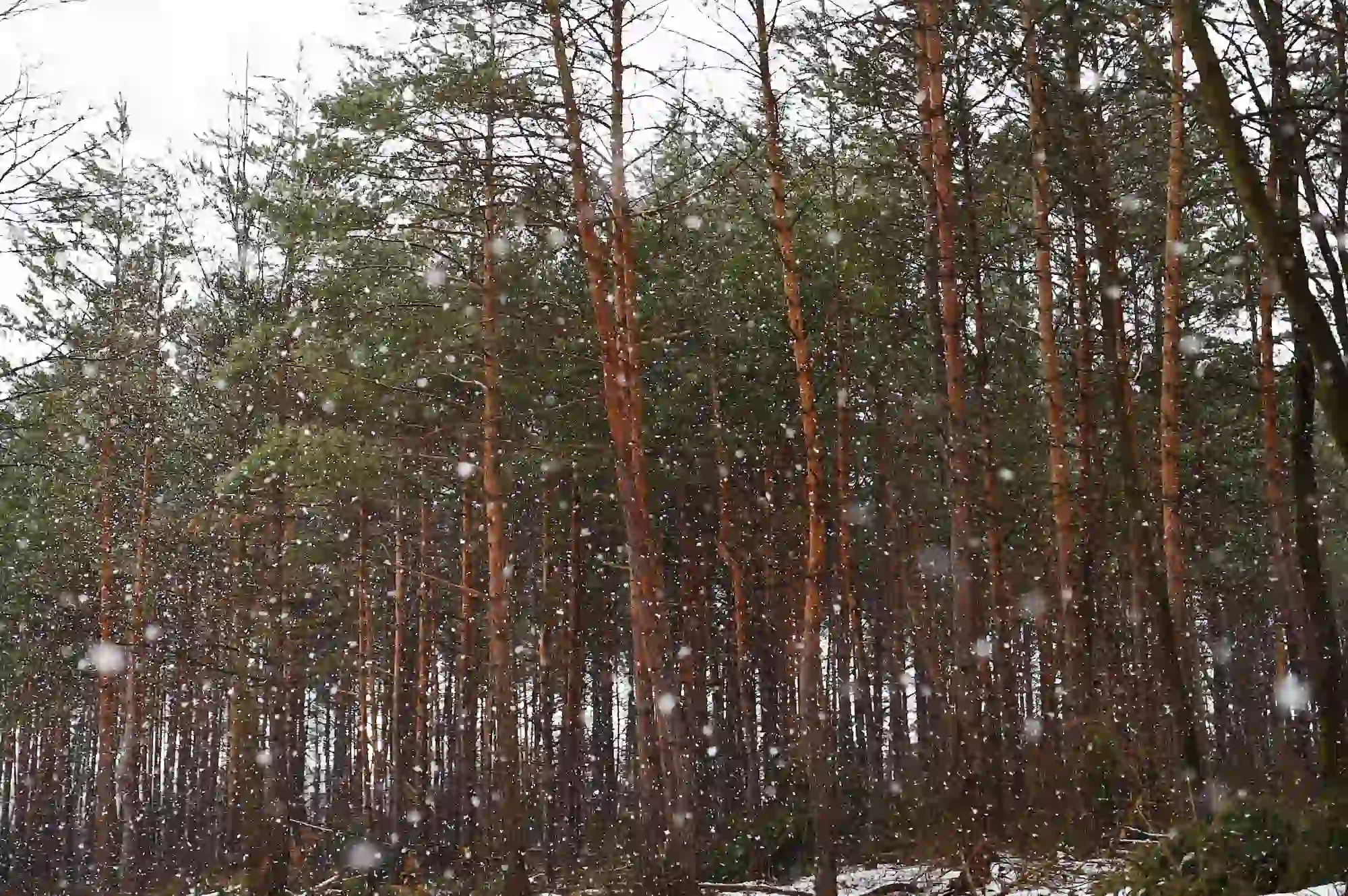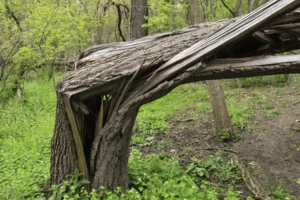Most people are unaware of how ubiquitous water damage is. At any given time, about 14 million homes in the United States are at some significant risk of flooding. On top of that, 98% of basements experience water damage of some kind at some point.
However, many people think that these small amounts of water damage are not a big deal and that there is nothing they can do about them. However, this is false in two ways.
First, ignoring a need for drainage correction can lead to huge amounts of damage to the foundation of a home. On top of that, there is a lot that drainage correction can do to eliminate excess water in the vicinity of a home and protect it.
So what is drainage correction all about, and how can you achieve it? Read on to learn all about the most important things to understand about drainage correction!
Foundation Damage From Water Can Require a Foundation Repair
Why is drainage correction so important? Many people do not realize how fragile a home foundation can be. After all, such foundations are made of sturdy concrete and other robust materials.
However, foundations are designed to function within certain environments. They have a certain tolerance for moisture. If there is too much moisture around your foundation, it will start to erode.
If you leave this problem alone, this erosion can lead to a shaky foundation under your home. The more often water seems to collect around your home, the more likely that there is water eroding away your foundation as well. The longer this problem has been going on, the higher the chance that significant erosion has already occurred.
You may want to get an expert to visit and assess your home as soon as possible. They can tell you if your foundation shows any signs of water damage.
They can also give you a sense of why your home seems to have so much water around it. After that, they may be able to correct the problem by using one of the tried and true techniques of drainage correction.
Try Downspout Extension Drainage Solutions
Many gutters collect rainwater and direct it to a single location by the side of a house. However, this sometimes leads to large collections of water where the downspout ejects it.
You can extend your downspout so that all of this water is directed much further away from your home. When you understand this solution, you can appreciate how simple yet effective it can be.
Although there are many different drainage correction solutions, this one is one of the simplest and easiest to try. If it does not work, you can always move on to something more extensive. If it does work, then you can solve your problem with minimal difficulty.
However, you should keep in mind that it may be important to split up the downspout output so that it does not collect in any single location on your property. It’s also important to keep in mind that this solution does not work for every home.
Some homes do not own enough nearby property where they can direct this water. If your home does not have a yard or other area across which you can disperse your downspout output, you may need to use another solution.
Consider Using Drain Boxes
Drain boxes are a somewhat more complicated solution. First, you dig a hole and place a grate over the top of it. This grate is essential to make sure that the hole does not become blocked by debris.
The grate needs to allow water to flow easily in without allowing debris in as well. Then, you can bury a pipe in this hole to further direct water away from your home. Of course, it will be essential for this pipe to run downhill so that water does not collect at its mouth.
Resolve Drainage Problems With Drainage Swales
Normal soil has a tendency to collect water because of how absorbent it is. The drainage swale technique creates an area lined with grass or stone.
Using these materials means that water has a tendency to flow over them rather than soak into the underlying ground. The great thing about the strategy is that you do not need a perfectly watertight area.
With the right amount of grass or stone, an appropriate amount of water will be absorbed in each part of the land while excess water will flow to other areas. Just make sure that water disperses across a large area, keeping it from building up and eroding your foundation.
Use a French Drain to Protect Your Foundation
French drains are made of special pipes covered in fabric. This fabric helps keep out debris that could interfere with water flow through the pipe. You can use this pipe to direct captured water away from your home foundation and into a trough where it will not do any harm.
Use a Dry Well to Capture Extra Water
A dry well uses some of the same principles as the swale. A dry well is a hole filled with small stones or gravel.
This design allows the well to capture water and allow it to soak slowly into the ground. That keeps too much water from soaking into any part of the ground at a given time.
Enjoy the Benefits of Rain Barrels
You can also use rain barrels to turn your problem into a solution. Instead of getting rid of all of this extra water, you can collect it. That will protect your home foundation while also providing you with a new resource you can use as you see fit.
Understand the Most Important Things to Know About Drainage Correction
Not everyone realizes what a priority drainage correction can be. The sooner you invest in drainage correction, the less damage your home and foundation will suffer. Putting off drainage correction can lead to much bigger problems down the road.
To learn more about drainage correction and how to keep your home in the best condition possible, reach out and get in touch with us at any time!
